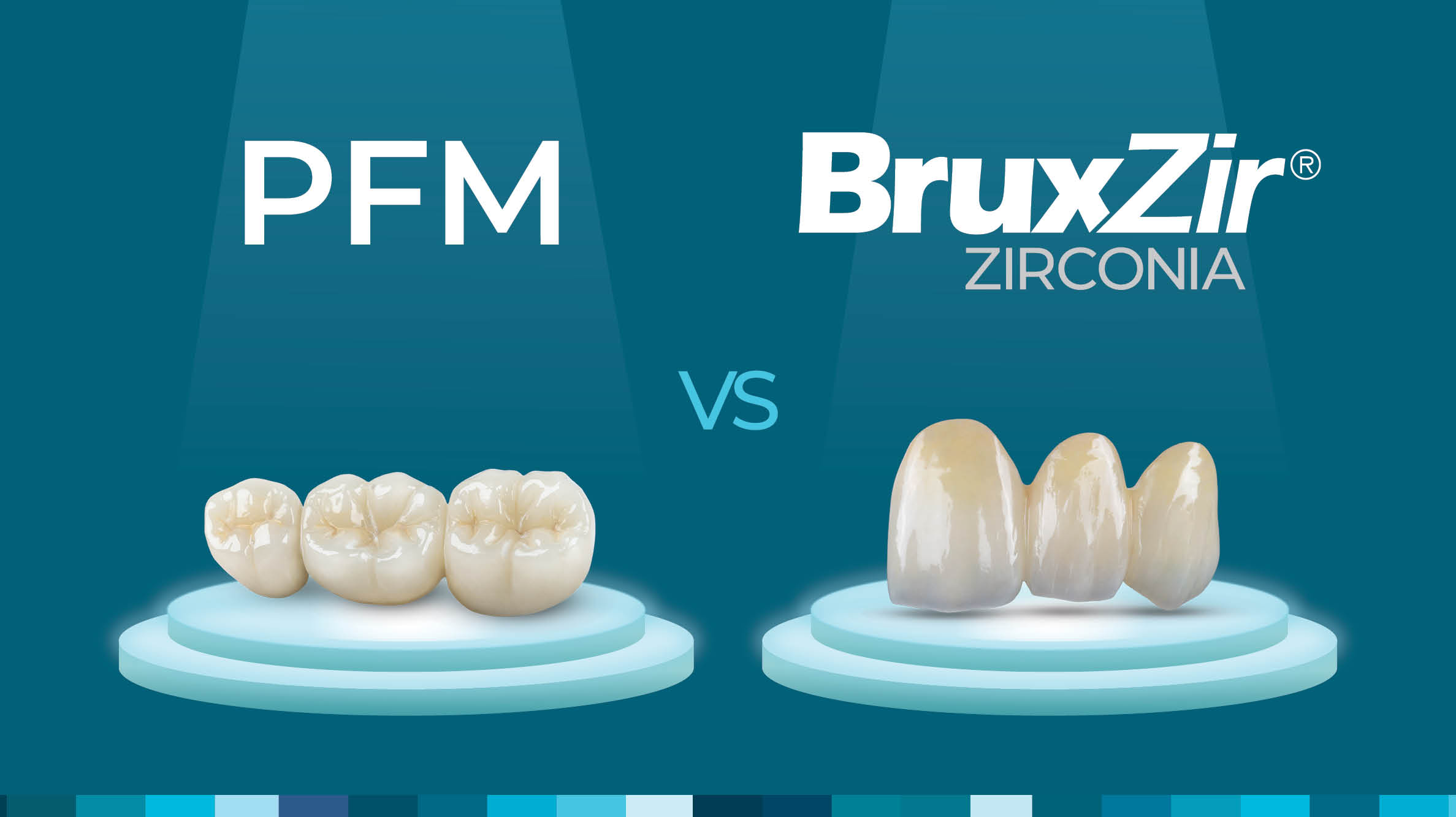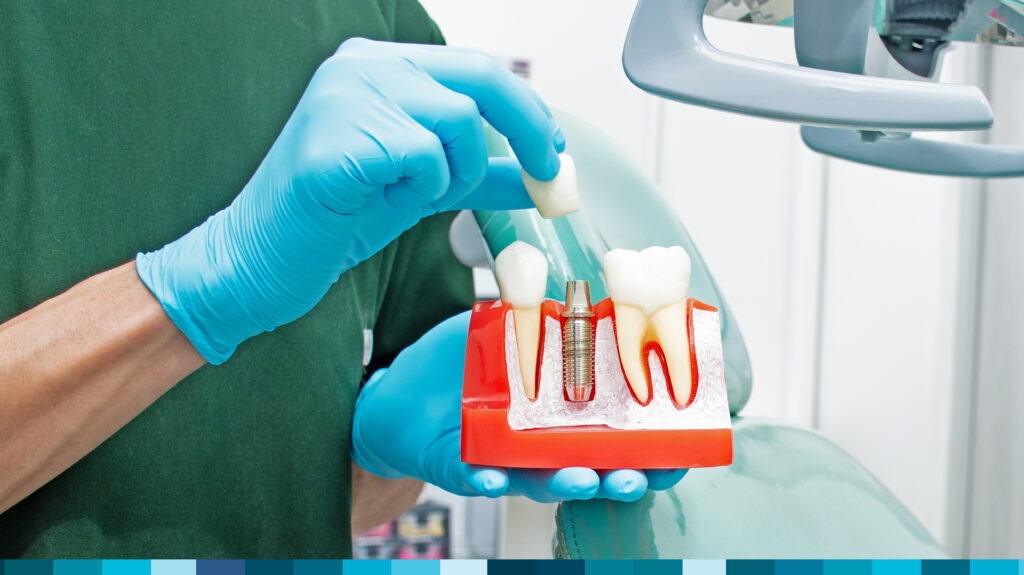The debate between using monolithic zirconia crowns or PFM (porcelain fused to metal) crowns has become less contentious in recent years, now that monolithic zirconia has been used for tens of millions of patients and has shown excellent performance qualities. Yet still, monolithic zirconia is a relatively new trend within dentistry, and it is beneficial to understand why many practitioners today are choosing zirconia and leaving the PFM behind.
A history worth studying today
Since the 1950s, PFMs have been a staple in restorative dentistry. In a time when dentists had few restorative options, the two-material composition of a PFM provided them with an in-between alternative: They no longer had to choose between cast metal crowns and fully porcelain crowns. This new two-layered solution offered durability and a tooth-colored esthetic. PFMs – though they underwent many evolutions over the years – were still the most popular restorative material of choice into the early 2000s.
In 2009, everything changed. The release of BruxZir® Full-Strength Zirconia gave clinicians a new restorative option to consider. At first, some were skeptical of the impressive claims of strength that BruxZir Full-Strength offered. And then once doctors understood the strength, they were concerned that perhaps that material would be too tough or antagonistic toward opposing natural dentition. This was not a material they were taught how to use in dental school, and at the onset of the release of monolithic zirconia in dentistry there was very little in the way of clinical validation. Today, more than a decade later, clinical studies have concluded that BruxZir Zirconia has demonstrated excellent durability, and also that it causes less wear than PFMs.
Still, this clinical data wasn’t available back in 2009. So, many dentists chose to stick to the PFM, adopting the mentality, “If it ain’t broke, don’t fix it.” The challenge was, PFMs were quite literally prone to breakages. Due to their thin ceramic layer and the differing expansion and contraction qualities of the metal vs. the porcelain, imperfections, fractures and delamination were a common occurrence.
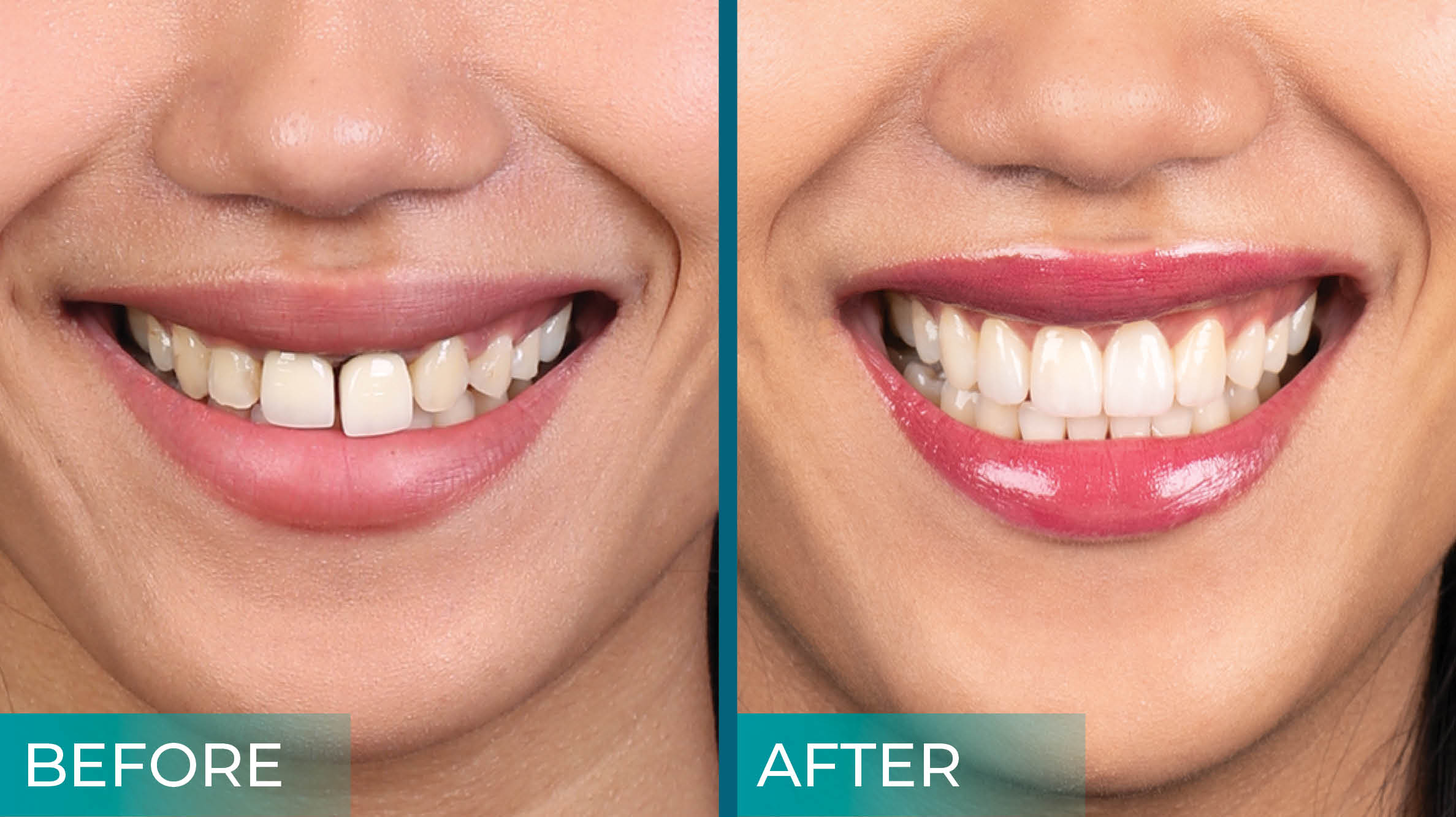
Zirconia’s rise to power
So, what makes zirconia different? Created from zirconium oxide, zirconia crowns are the strongest tooth-colored dental solution on the market today. With a flexural strength of over 1,000 MPa, BruxZir Full-Strength is an incredibly durable material that offers a long-lasting solution. That’s why it is prescribed over and over again for full-contour crowns, full-arch implant prostheses, restorations over implants and screw-retained implant crowns.
To add to the success of BruxZir Full-Strength, 2018 saw the introduction of BruxZir Esthetic Zirconia. This material gives dentists an option that exhibits excellent performance and beauty. With its lifelike translucency, enhanced appearance and high flexural strength of over 900 MPa, BruxZir Esthetic has quickly become the go-to restorative material for many practitioners’ anterior cases.
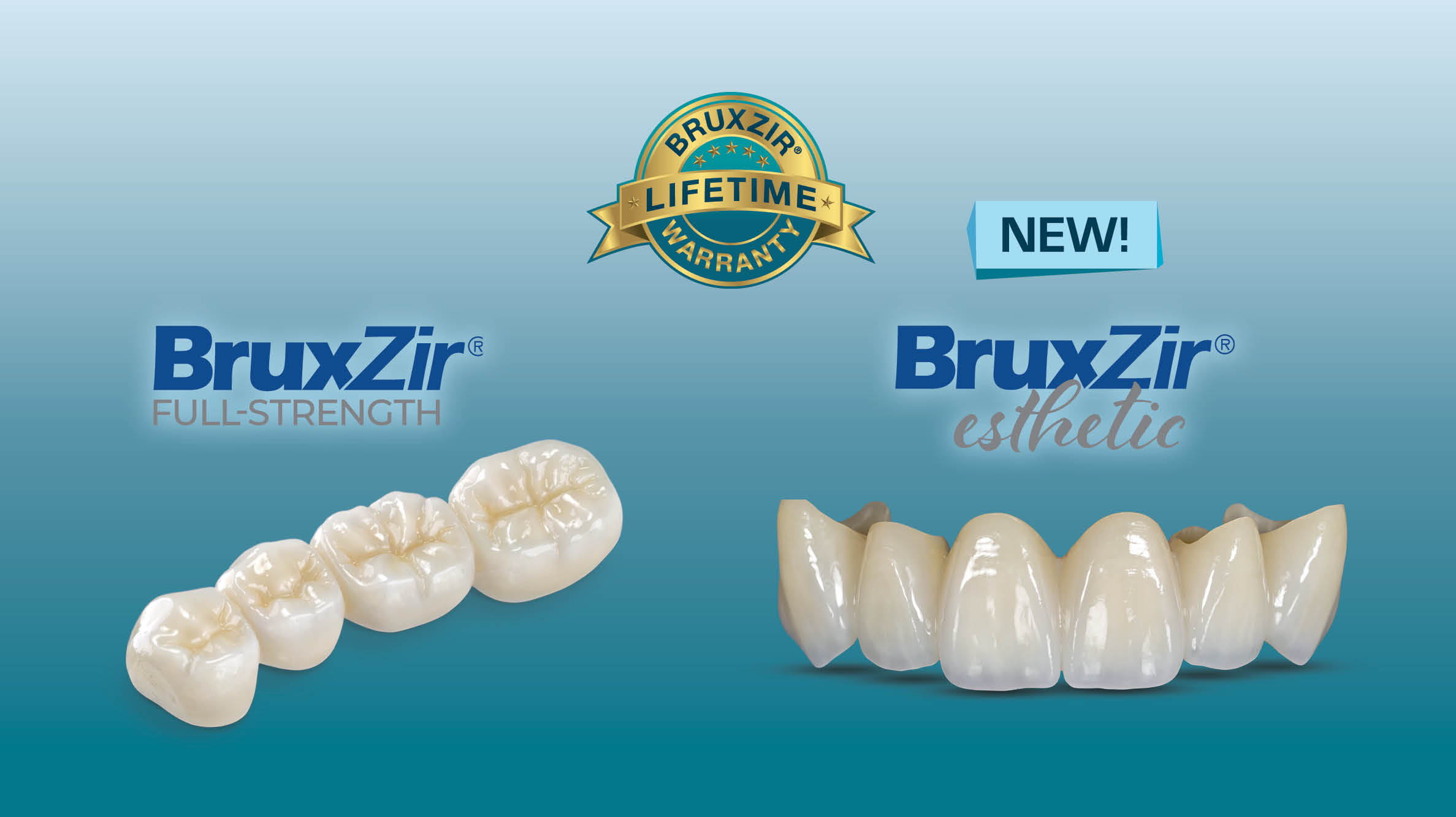
If zirconia is so great, why are PFMs still around?
There are circumstances where a PFM crown would be preferred over a zirconia crown; specifically, when the area has limited vertical space. For cases that indicate a bridge with long spans in an area with limited vertical space, a PFM is recommended. If a bridge connector has a small volume, the metal substructure of a PFM will be more durable in compact areas. For these circumstances, PFM options like Obsidian® Fused to Metal offer an ideal solution and provide four times the fracture resistance of traditional feldspathic porcelains.
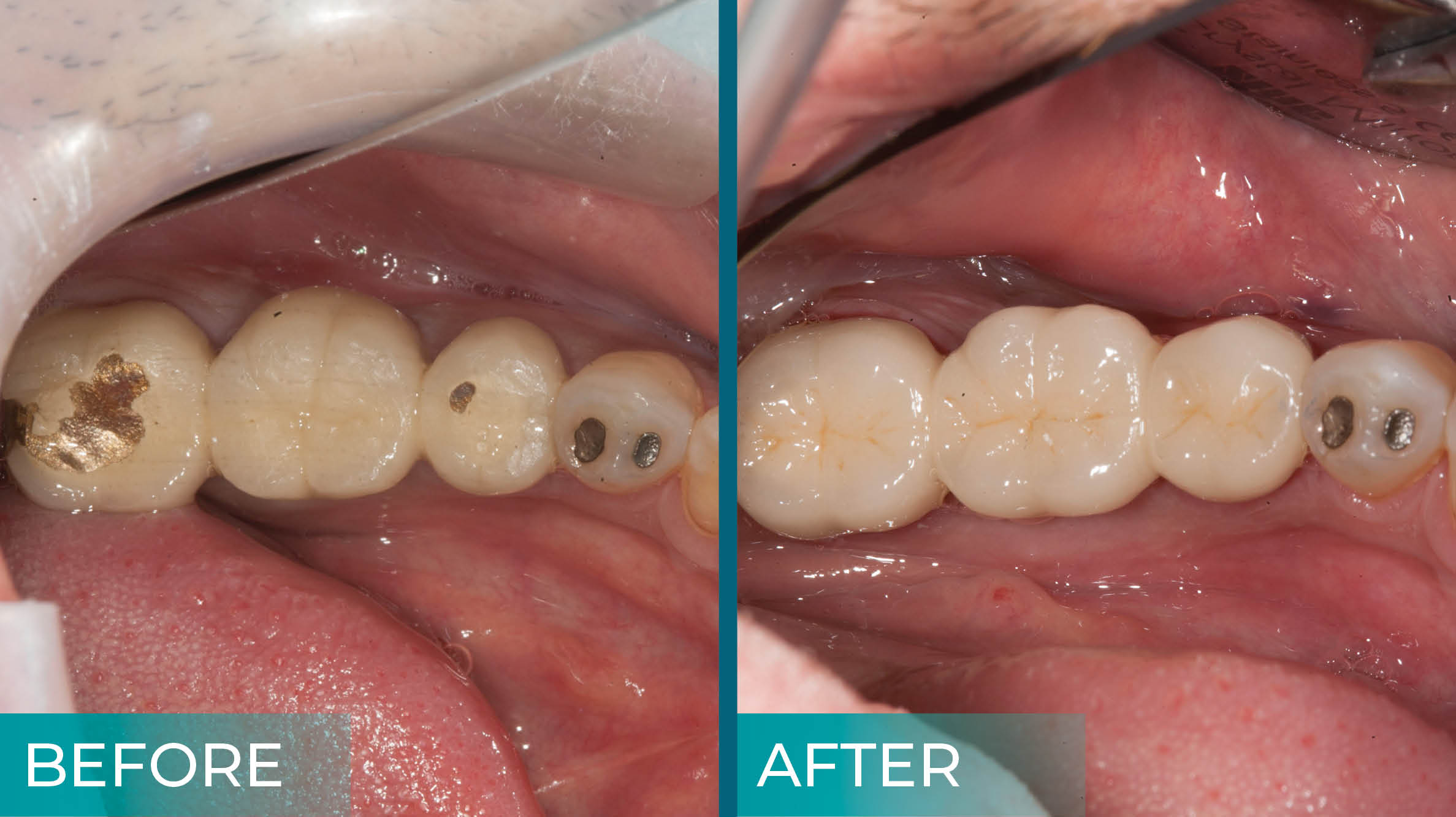
Which is better?
Choosing the correct restorative material is dependent upon each individual patient. Zirconia crowns are the clear favorite among dentists looking for predictability, strength and esthetics. However, PFMs still serve a purpose in modern dental practices. Ultimately, it is best to understand how each restorative material can be used to provide your patients with proper dental care.

